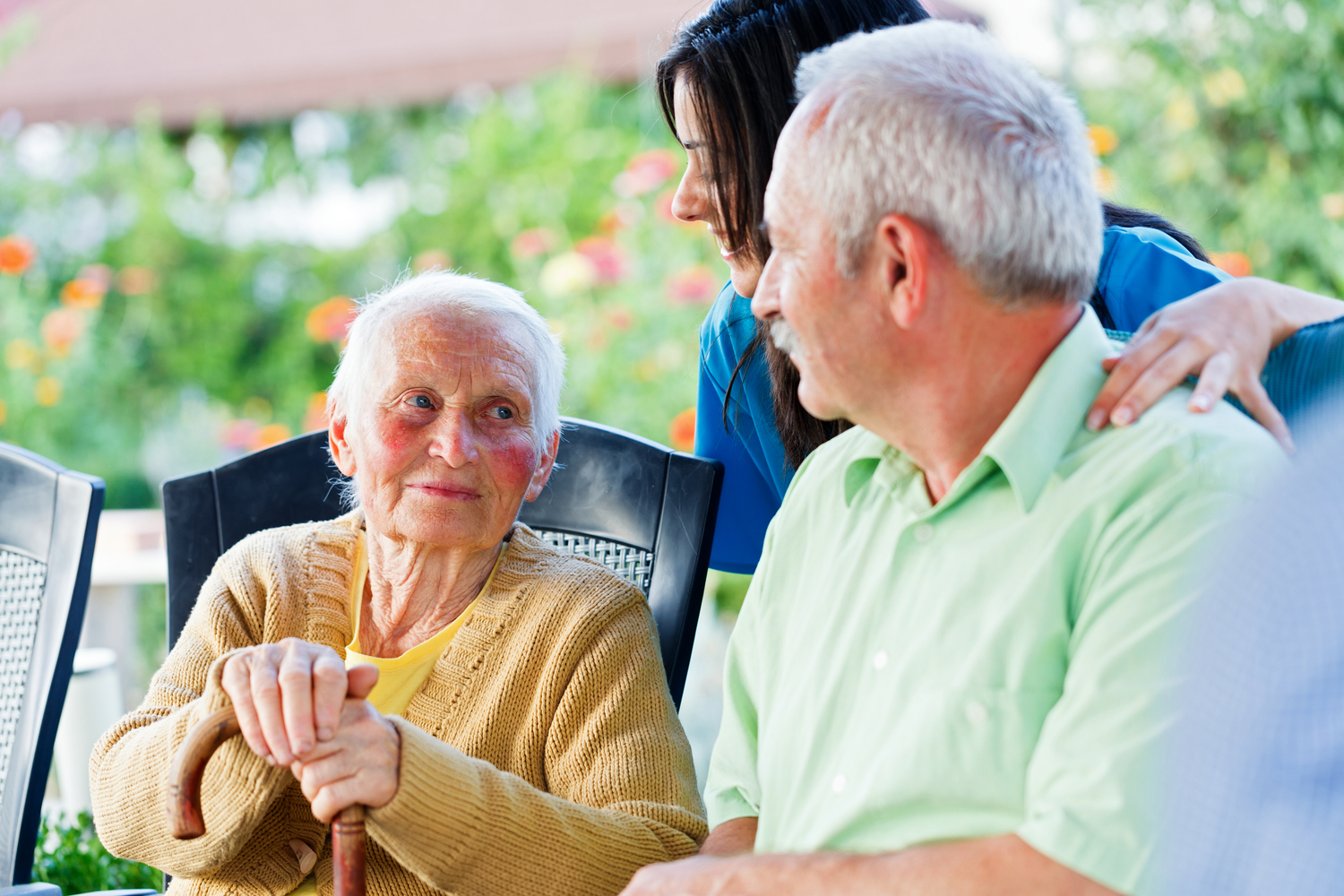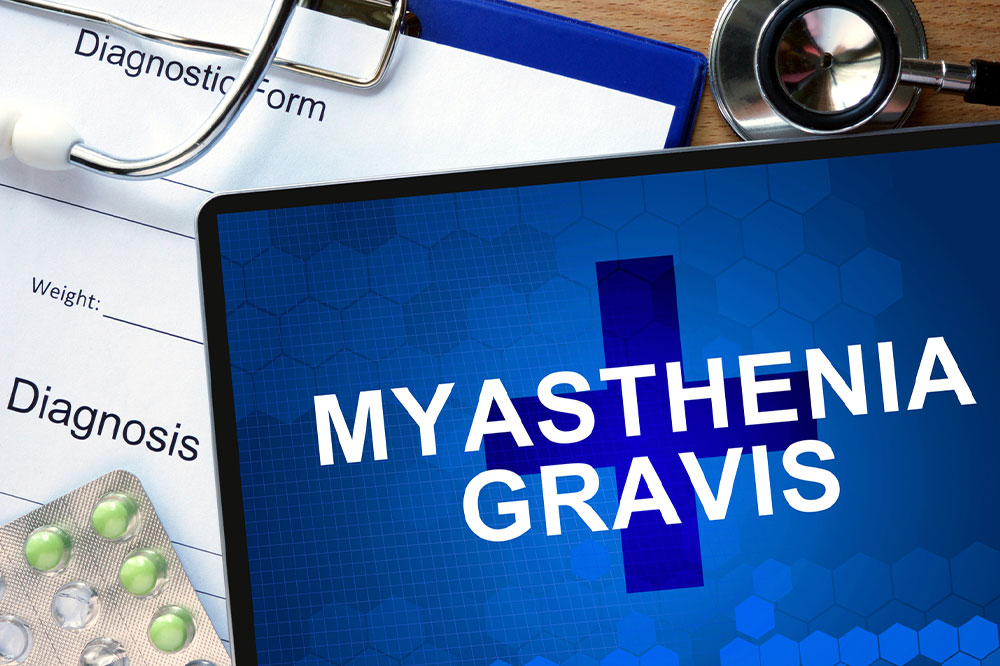Essential Insights into Parkinson’s Disease Symptoms and Management
Discover comprehensive insights into Parkinson’s disease, focusing on symptoms, risk factors, diet, and treatment options. Early recognition and lifestyle management can greatly enhance quality of life for affected individuals. Learn about surgical and non-surgical interventions, and how to adopt healthier habits to support ongoing care and symptom control.
Parkinson’s disease is a neurological disorder primarily characterized by motor impairments. The most noticeable early sign is tremors, often beginning in one hand and gradually affecting other parts of the body. Additional symptoms include slowed movements, speech difficulties, and muscle stiffness. While its exact cause remains unknown, factors such as head trauma, genetics, gender, ethnicity, location, and age can increase risk. Recognizing early signs, like tremors, slow movements, and balance issues, is crucial for timely diagnosis and management.

Effective management involves lifestyle adjustments and nutritional strategies. A balanced diet rich in fruits, vegetables, whole grains, beans, nuts, and healthy oils can support overall health. Adequate hydration, limited sugar, and reduced sodium are recommended. Integrating exercise, speech therapy, and relaxation techniques like yoga or meditation can help alleviate symptoms. For advanced cases, surgical options like Deep Brain Stimulation (DBS) may improve quality of life, although they do not halt disease progression. Early intervention and support are vital for managing Parkinson’s effectively.
Understanding the early signs and treatment options is essential for patients and families. While a cure is not yet available, symptom management significantly improves life quality. Consulting healthcare professionals, maintaining a nutritious diet, engaging in physical activity, and seeking support from specialized therapists and Parkinson’s communities are key strategies for coping with this condition.










